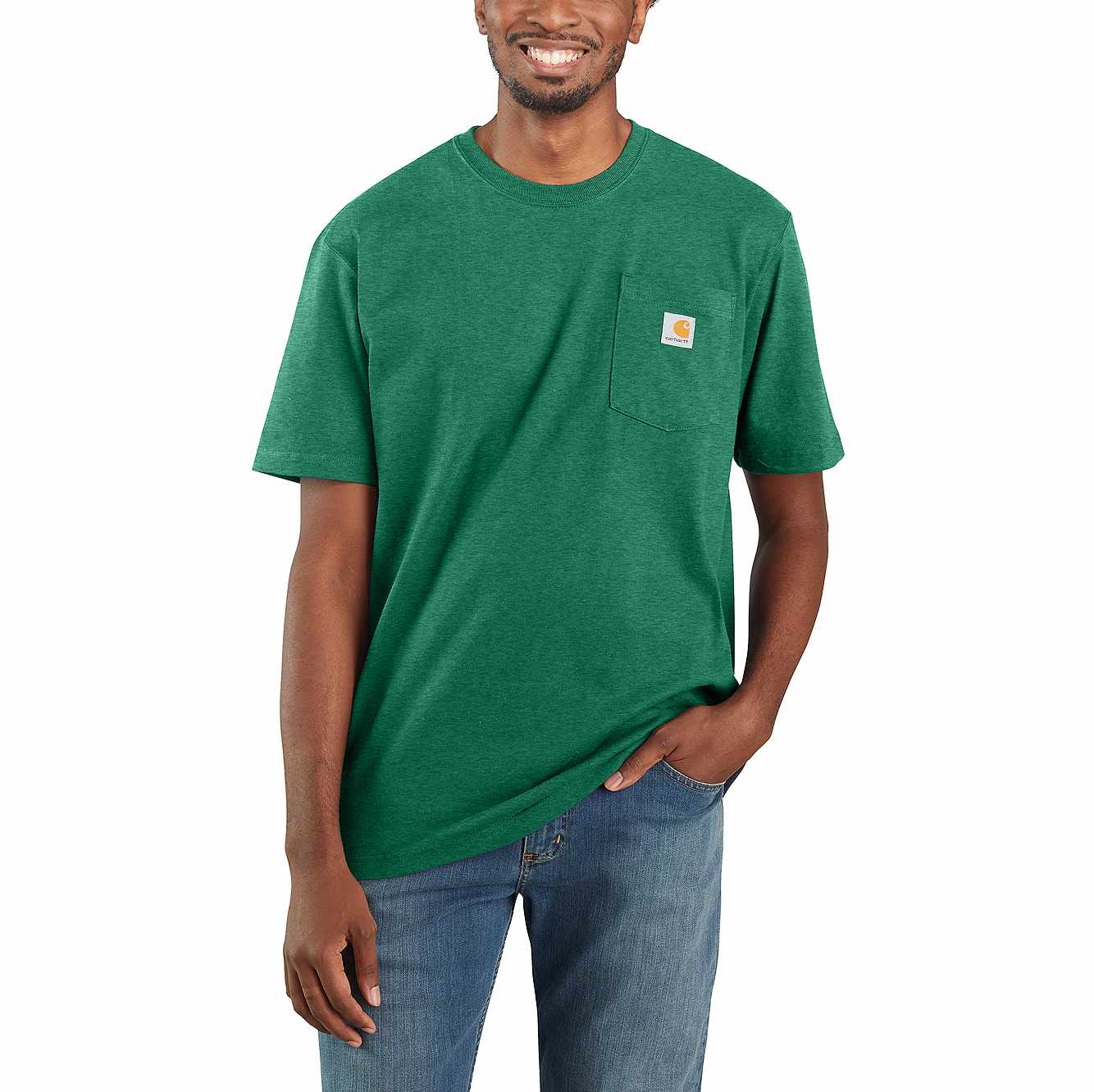Peter Millar Suffolk Quilted Water-Resistant Car Coat
Peter Millar makes it easy to look sharp and sophisticated no matter the occasion. Founded in 2001, Peter Millar has grown into a renowned lifestyle brand featuring a range of casual and luxury men’s sportswear, tailored clothing, furnishings and more. The collections exude a timeless style resplendent with sharp detail, superb craftsmanship and premium quality.
Infused with wax polymers, the diamond-quilted fabrication of this lightweight car coat takes on windproof and water-resistant properties to keep you protected in less-than-ideal conditions, so the game can keep going.
- 30″ length (size Medium)
- Hidden, two-way, front-zip closure with outer snap placket
- Stand collar
- Long sleeves with adjustable snap cuffs
- Front welt pockets; interior zip pocket
- Snap-tab adjustable back waist
- Side-vented hem with snap closures
- Polyester-fleece lining, with polyester fill
- 100% polyester
- Machine wash, tumble dry
- Imported
- Men’s Sportswear
- Item #5332649
Additional information
| SIZE INFO | – True to size. |
|---|






by Lucy
We bought this for our son. It’s medium weight. Very polished looking, while still being relaxed. The brown detailing is a nice touch. Useful pockets on the inside of the jacket for glasses and a wallet. Lovely quality.
by Stephen
Large was too big and too long for my fiance who is 6’2″ and ~175 lbs. Reordered the medium which fit perfectly.
by Vince
Great jacket I just put on everything with a pair of jeans
by Steve
Sophistication mixed with versatility and styling. This a perfect outer garment for a variety of purposes. Light weight but warm; casual but not sloppy. A great addition to any wardrobe.